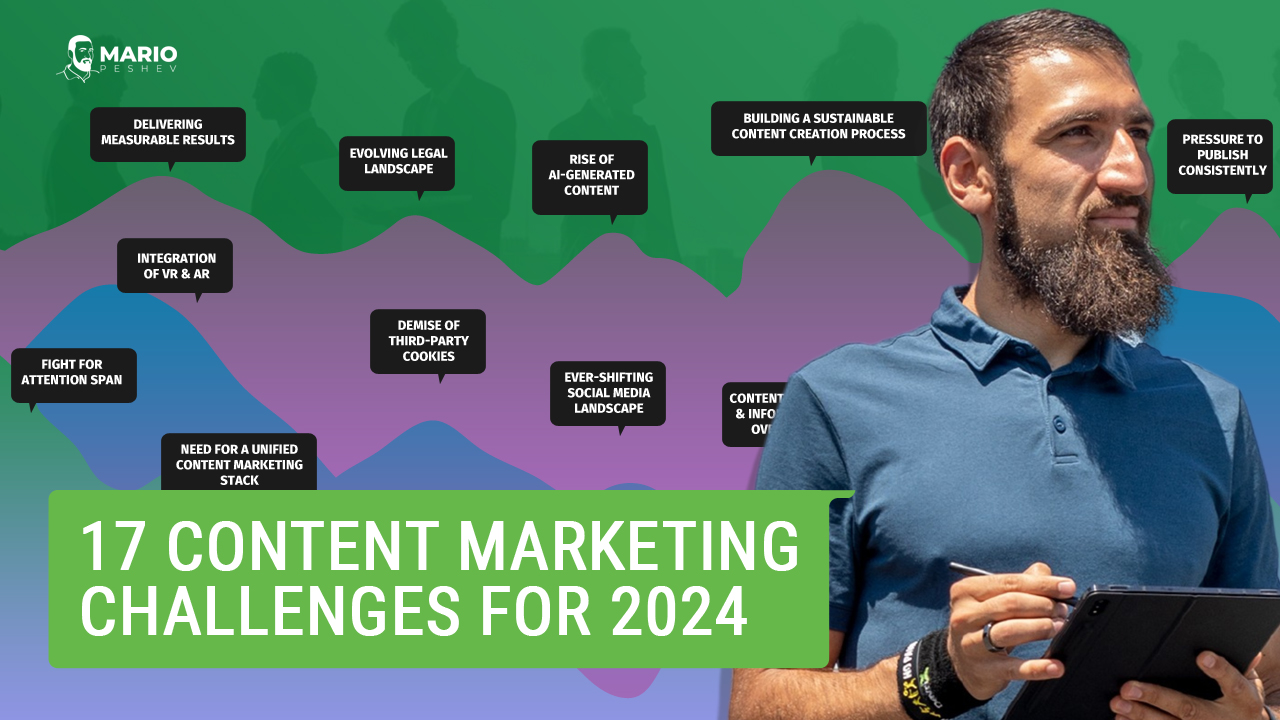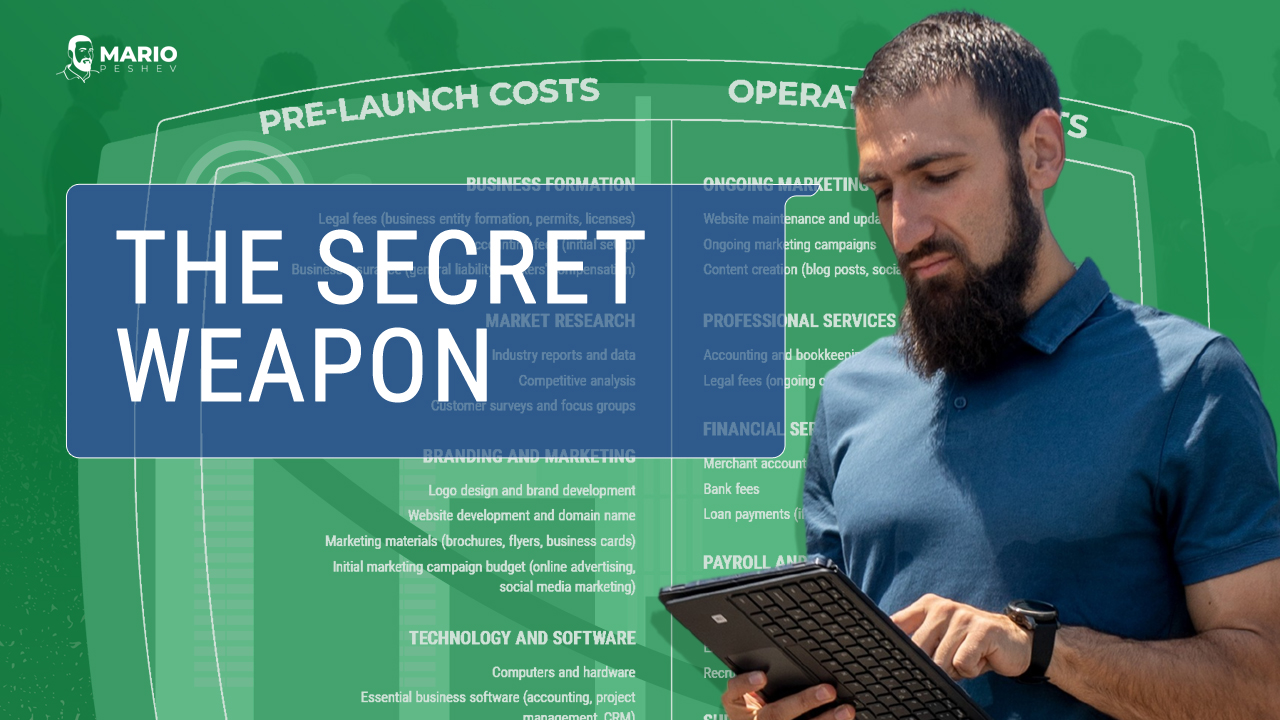In today’s world, where artificial intelligence is penetrating most industries and robots are replacing human-driven jobs, creativity is one of the most sought-after skills.
It’s more crucial than ever that humankind employs more creative skills to leverage its dominance over machines. And yes, I know it sounds like a cliche, but the only way to stay competitive is by following business processes with some creativity in mind.
Based on this article, it has been revealed that creativity is the most sought-after soft skill by companies when considering potential hires. Just following processes blindly is often not a solution to a problem.
Here are a few reasons why creative thinking skills are highly valued:
- Problem-solving – creative thinking skills enable individuals to approach challenges from innovative perspectives.
- Innovation and Adaptability – allows individuals to generate fresh ideas, embrace new concepts, and easily adapt to evolving situations.
- Critical Thinking – by thinking creatively, individuals can assess multiple perspectives, identify potential biases, and arrive at well-rounded judgments.
- Collaboration and Communication – creative thinkers can effectively express their thoughts, listen attentively to others, and contribute constructively to discussions.
- Resourcefulness and Resilience – creative thinking fosters resourcefulness by encouraging individuals to find alternative solutions with limited resources.
- Personal and Professional Development – nurtures self-confidence, boosts problem-solving abilities, and fosters a sense of curiosity and exploration.
What Is Creative Thinking and How Important Is It in Business?
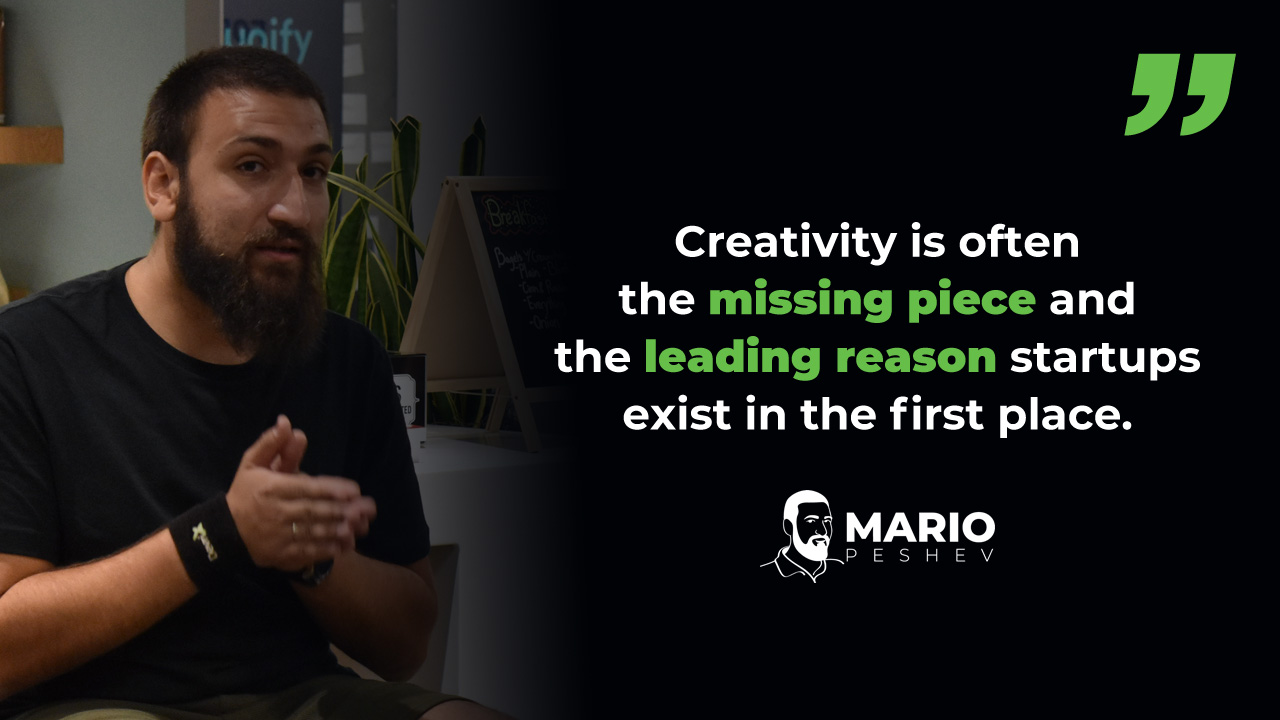
Creative thinking basically means coming up with something new.
As far as new is concerned, this could be a new painting, a new song, a new book, new website, or anything else that’s considered innovative.
In the business context, it could be new ideas, new products, new market solutions, new models for generating revenue, new growth strategies, or anything else that gives you a competitive advantage to your colleagues, your staff, or as compared to your main company competitors.
A global study by Adobe found that businesses that invest in creativity experience the following:
- increased employee productivity (78%)
- have satisfied customers (80%)
- produce better customer experience (78%)
- foster innovation (83%)
- financial success (73%)
Replicating a business model is easier than ever, and large companies are more than capable of generating some loss for a significant amount of time until they can crush it to the ground.
So unless you employ creativity, your business model is probably obsolete and something that your competitors can easily take over. Creativity is often the missing piece and the leading reason startups exist in the first place.
You need to be really creative when it comes to coming up with new innovative sales and marketing strategies, both in terms of promoting and in terms of converting your leads into customers.
Creativity is even more important for executives who want to climb up the ladder to senior positions, from being senior managers, directors, or senior vice presidents, and maybe be among the C-suite. About 60% of CEOs surveyed cited creativity as the most important leadership quality. Next in line were integrity and global thinking with 52% and 35% respectively.
Creativity is going to be one of the most important skills to bring you up to speed, in any department. In any case, creativity is extremely important.
Characteristics of Creative Thinkers
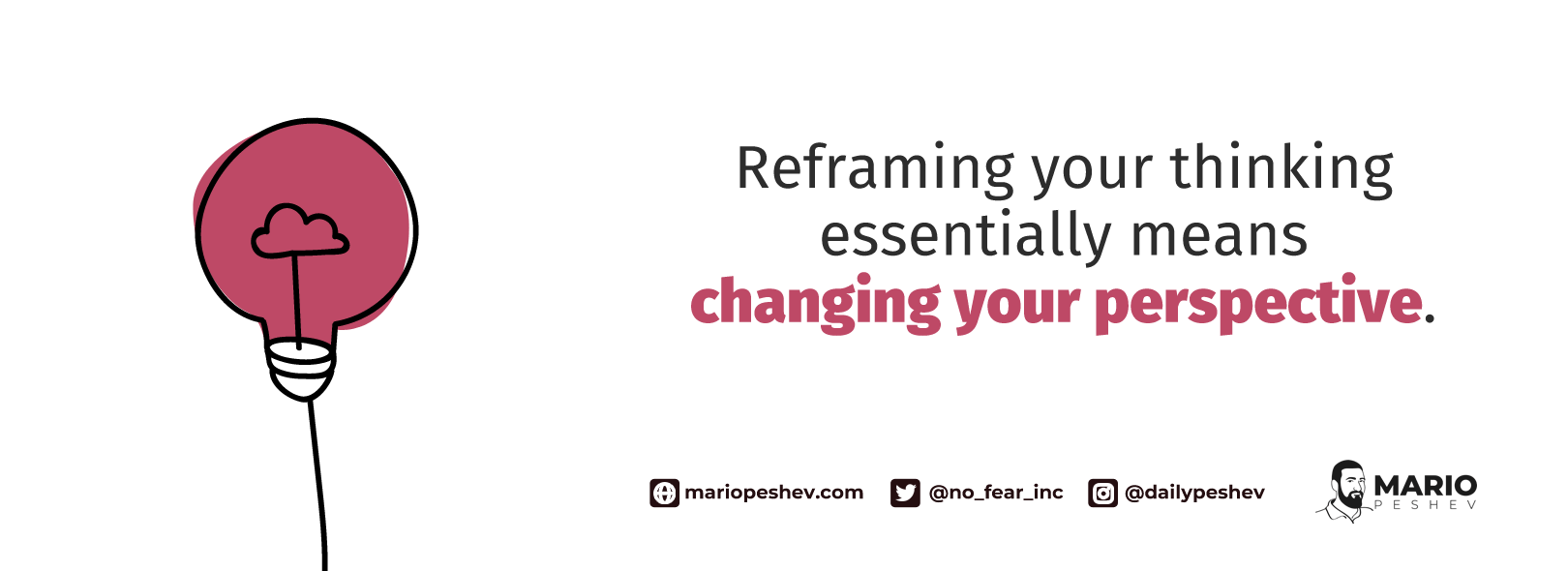
Creative thinkers value ideas that’s why they often share the following traits:
- open-mindedness
- willingness to take risks
- strong interest in learning and new discoveries
- flexibility and adaptability
- great in written and oral communication
The foundation of any business generally starts with a creative idea that is put into action. Unless you are someone who is open to exploring out-of-the-box ideas and you are adventurous enough to face risks along the way, creative thoughts will constantly evade you.
Learning and discovering what is beyond your usual territory can be scary most of the time. This is when you are called to be flexible and adapt to what the new information comes with.
And like with any newly discovered idea, your venture only becomes fruitful when you communicate it well with your people.
Strategies to Improve Your Creative Thinking Skills
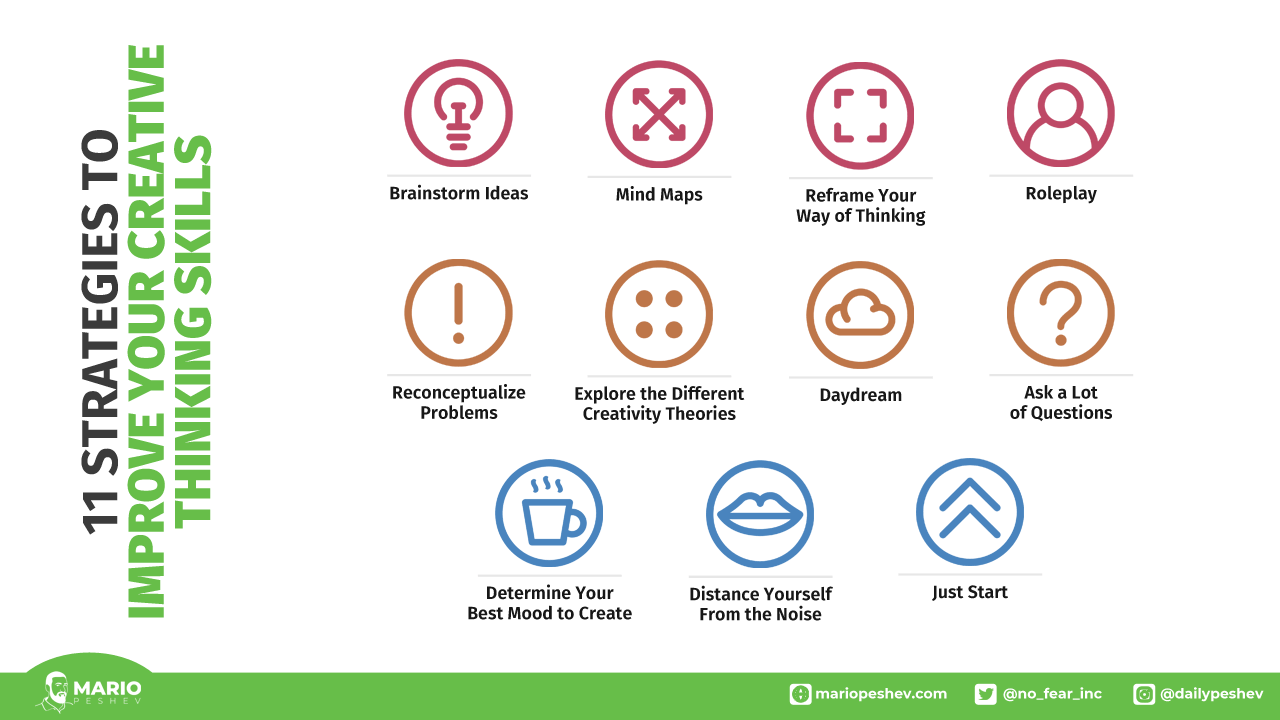
To some degree, given the right circumstances, everyone can learn how to be creative.
Others can work smarter around it by employing the following strategies:
1. Brainstorm Ideas
Structured processes and rules often restrict a group from freely expressing their ideas so this is why brainstorming is more encouraged among groups.
Brainstorming provides an environment that allows people to open up and share thoughts and ideas freely, without limitations and prejudice.
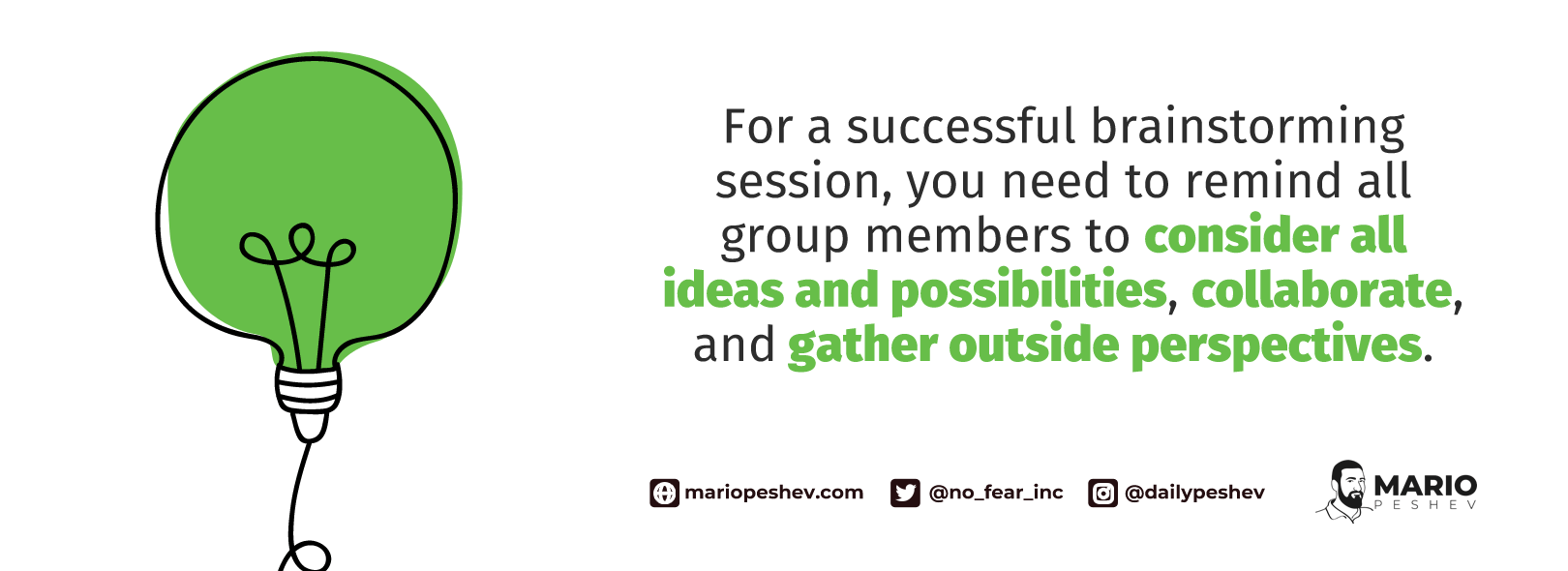
There are generally two types of brainstorming: Individual and Group brainstorming.
- Individual brainstorming – you brainstorm on your own without the fear of getting blocked or limited when in a group. This type of brainstorming works best for simple problems that you can solve without the need to escalate to a bigger group.
- Group brainstorming – you throw in ideas at one another in a group so others can help further develop an idea. This type of brainstorming works best for complex problems given you have just the right number of members participating in the activity.
Here are some popular techniques to employ when brainstorming with a group:
- Rolestorming – group members portray roles while brainstorming
- Round-Robin brainstorming – every member of the group contributes an idea first before having the entire group discuss it
- Starbursting – generates questions to boost creative juices
For a successful brainstorming session, you need to remind all group members to consider all ideas and possibilities, collaborate, and gather outside perspectives. These will help you collect as many ideas as you can without burning out.
2. Mind Maps
Unlocking creativity with the use of mind maps is also one great strategy. A mind map is a diagram that links information around a central topic. Unlike most note-taking methods, you can make use of images and colors other than words.
This graphical tool of boosting your creativity is highly effective because it makes idea generation easier as it allows you to go deeper about a concept or topic, narrowing it down to the most specific in an organized manner.
Here’s what a sample mind map looks like (Source: Lifehacker)
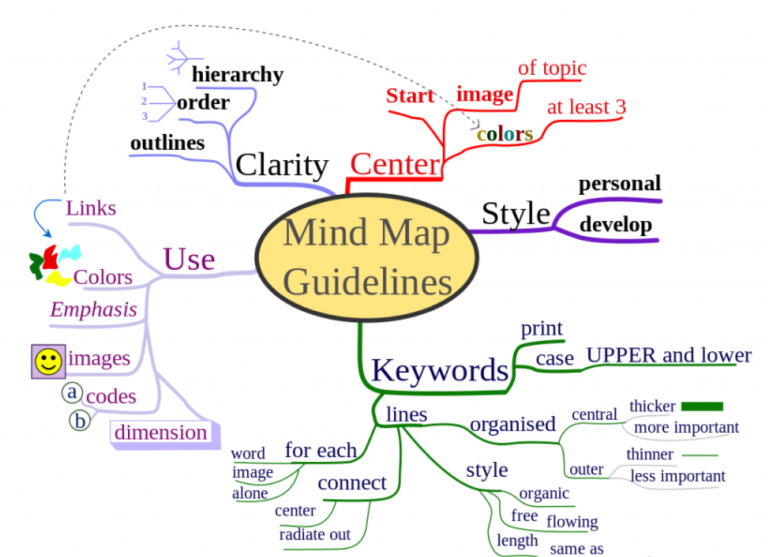
Mind Mapping makes problem-solving faster as ideas are broken down along the process. The following are some business activities wherein you can leverage the use of mindmaps:
- drafting a presentation
- developing goals and objectives
- deciding on opportunities
- creating a marketing plan
- creating a content plan
Now, you can manually create your own mind map or use a mind-mapping software to lessen the work. In a survey, 44% of those who have chosen to use a mindmap claim that the pace of work is significantly faster than before, while 40% claim that they have become significantly more creative.
3. Reframe Your Way of Thinking
If you want something you’ve never had, you must do something you’ve never done. Reframing your thinking essentially means changing your perspective.
To become more creative through reframing your thinking, you have to:
- be curious and eager to ask questions
- be intentional in your search for new information
- make time for imagination
- withdraw yourself every now and then from the noise
What makes reframing an even more powerful creativity tool is that it allows you to feel differently about a certain matter at hand.
Looking at things or problems from a different perspective will allow you to discover new angles you have not seen before because you were so focused on what you want to see or what you are used to seeing.
4. Roleplay
Roleplaying is a strategy that allows you to generate ideas based on possible outcomes of interactions and circumstances. This is a strategy that is most useful in coming up with ideas for a product and predicting how it will work in the market.
If you roleplay with your co-workers or other members of your team, you will be surprised to see several revelations of solutions that you missed when you were just writing down notes.
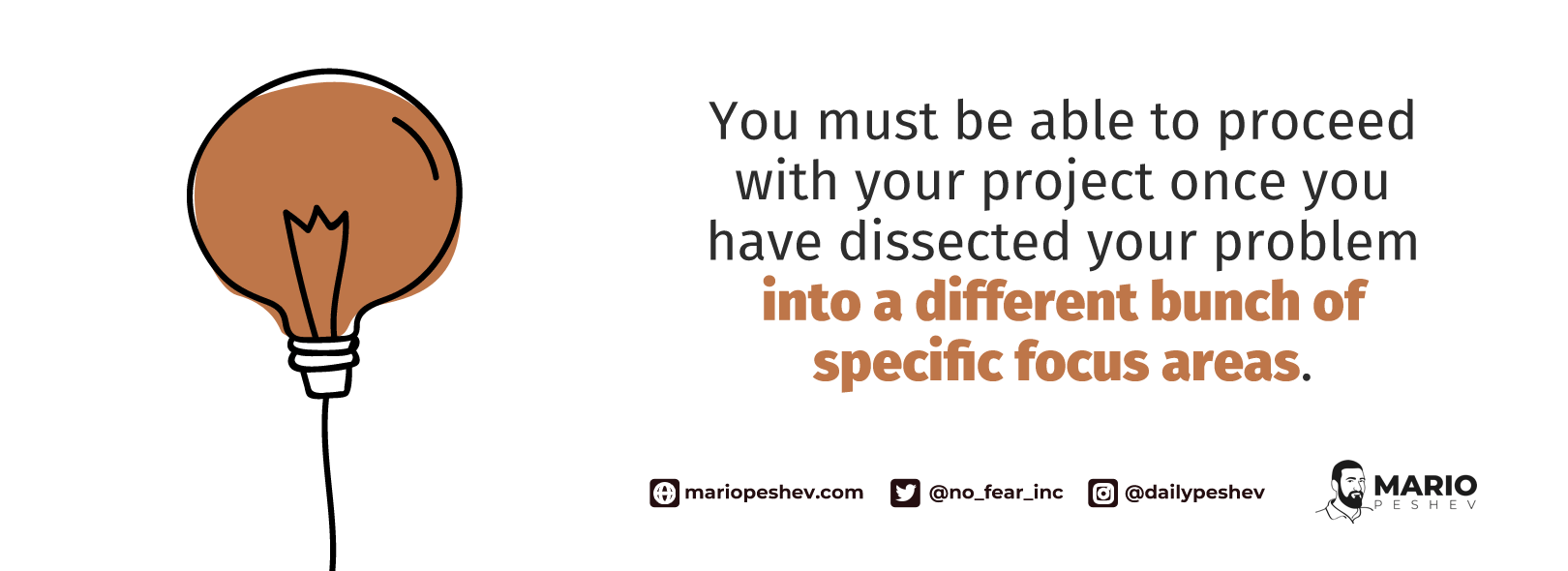
5. Reconceptualize Problems
You could hit a wall at any point wherein you are trying to solve a problem through creativity.
Unless you reconceptualize the problem by taking a step back, you will find it hard to carry on.
How do you reconceptualize a problem? Reconceptualizing a problem entails the following:
- examining a problem from a different angle
- searching for what appeals to emotions the most
- having a different mindset
- considering other perspectives
- considering the needs of your target audience
You must be able to proceed with your project once you have dissected your problem into a different bunch of specific focus areas.
6. Explore the Different Creativity Theories
There are different theories of creativity but here are 5 of the interesting ones:
- Psychoanalytical Theory of Creativity – According to this theory, you become creative as a response to challenging circumstances or repressed emotions.
- The Mental Illness Theory of Creativity – Some people only become creative if they are mentally ill in a way.
- Creative Theory of Psychoticism – All people who are creative also have psychotic tendencies like those of what people who have schizophrenia or bipolar disorder suffer from.
- The Addiction Theory of Creativity – Substances such as alcohol and drugs contribute to creativity, according to those who are proponents of this theory.
- The Humanistic Theory of Creativity – Unless humans have already met their basic needs, they cannot be creative.
There are also other theories of creativity that relate to innovation in business. Among such theories are the following:
- Triarchic Theory of Human Intelligence – This theory believes that creativity is a balance among other forms of thinking, including analytical thinking and practical thinking.
- Investment Theory – There has to be perseverance in selling a creative idea according to this theory.
- Multiple Intelligences Theory – This popular theory proposes that creative strengths are domain-specific. The strength of one’s creativity depends highly on which of the eight domains of intelligence is most dominant in a person
By exploring the different theories of creativity, you can investigate further what fuels your creativity and how best can you improve it. Unless you educate yourself, you cannot make the most out of your strengths.
7. Daydream
Ever got scolded for daydreaming in the middle of a busy day at work?
Daydreaming is often associated with laziness and lack of focus.
But did you know that daydreaming could also be the reason why you are being highly creative at work?
A study in the Psychological Science journal reveals that allowing your mind to daydream and wander helps boost your creativity.
High levels of daydreaming help best in tasks that do not restrict the mind from coming up with weird ideas.
Harvard psychologists say that we spend 50% of our time thinking about things other than work. If you channel your daydreaming about business challenges and projects that need solutions, you may be able to come up with new solutions you would never have thought if you did not allow your mind to wander.
8. Ask A Lot of Questions
Asking the right questions is an art you should be able to master in order to achieve optimal creativity.
What kind of questions can help you become a creative problem solver?
These questions are the kind that explores possibilities and turns challenges into opportunities. Often, these are the questions that encourage higher-order critical thinking skills such as the ones that start with: how and why.
Successful market research studies are the ones that are concerned with solving problems. Center your questions around the challenges concerning:
- the nature of the problem
- product features
- time constraints
- existing competition
- customer feedback
Your questions don’t have to be logical all the time. But, they work best if they are critical questions because these are the questions that encourage the use of creative thinking skills.
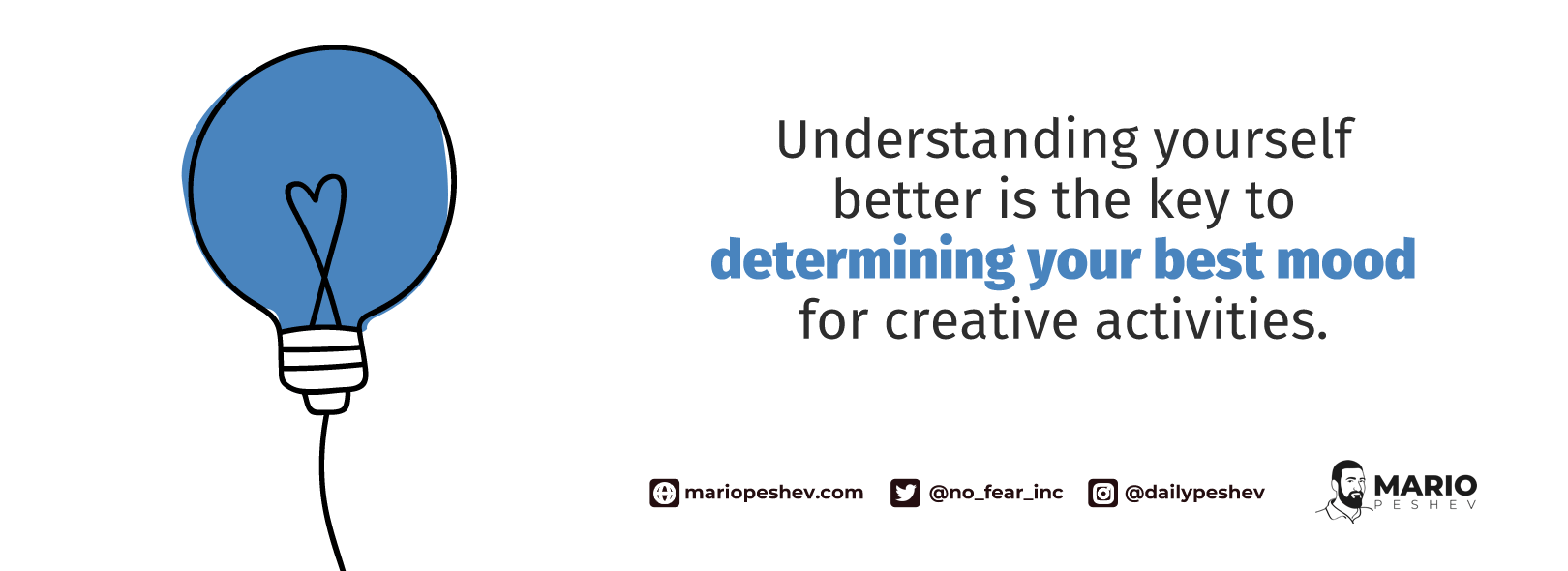
9. Determine Your Best Mood to Create
Understanding yourself better is the key to determining your best mood for creative activities.
Positive moods generally boost creativity. According to the researchers from the University of Western Ontario, positive moods enable cognitive flexibility that leads to having a positive mood that welcomes ideas freely.
Now, negative moods can also help according to a research by Professor Joseph Forgas at the University of New South Wales. Negative moods remove cognitive biases and improve memory and motivation which in turn boost creativity.
There is no right or wrong mood to be in. Surely, a positive mood generally helps but a negative mood could be your way through a creativity challenge. This does not mean though that you should be in a negative mood if you could help it.
If you can find a way to be creative in a positive mood, that is more ideal.
What you can do is that you must pay attention to what mood you are in when you are most creative. This can help you understand why you feel demotivated at times and how you can combat demotivation to stay creative.
10. Distance Yourself from the Noise
There are several research studies that have found coffee shops to be the best place for being creative primarily because, in most coffee shops, the level of noise is moderate.
Too much noise can cause distractions but lack of “acceptable” noise can also be deafening, to the point of being demotivating.
Now if you truly can’t work in a noisy environment but you have to be at the office where there are plenty of interruptions to manage, you can:
- use headphones
- find a corner where noise is less
- go to a nearby cafe with permission
- confront a co-employee in a polite way
In the long run, you can deal with workplace noise, and relevant issues by presenting your problem with your senior manager or teammates.
11. Just Start
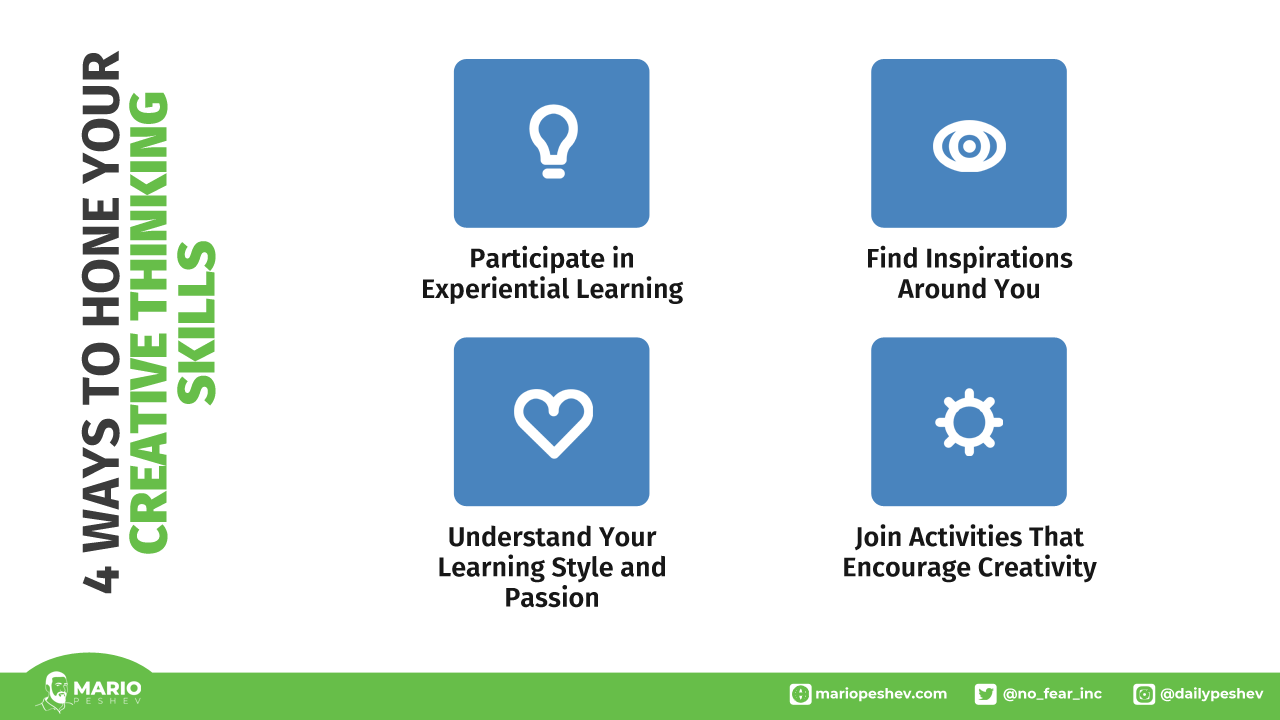
Just start creating.
According to another research, the decline in creativity among students was brought about by too much screen time and standardized testing. None of these activities help enhance the creative aspect.
The more you create, the more you will be able to hone your creative thinking skills especially when you:
- participate in experiential learning
- find inspirations around you
- understand your learning style and passion
- join activities that encourage creativity
The idea that you can only be creative if you are innately artistic must be corrected. Every human being can be creative as we all have the capability to invent or discover new ideas when we embrace our strengths and engage in activities that enhance our creative thinking skills.
With these strategies that help improve creative thinking skills among your employees or team members, scaling your business successfully becomes easily achievable.

